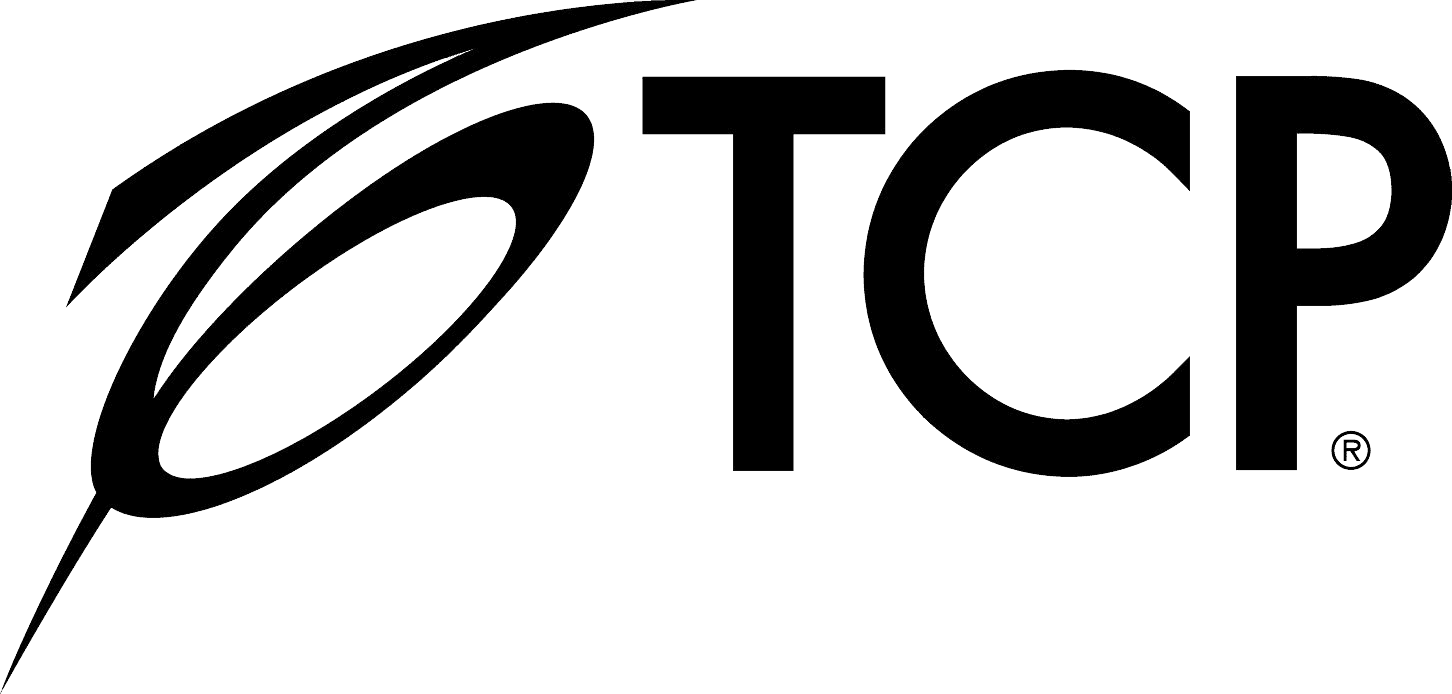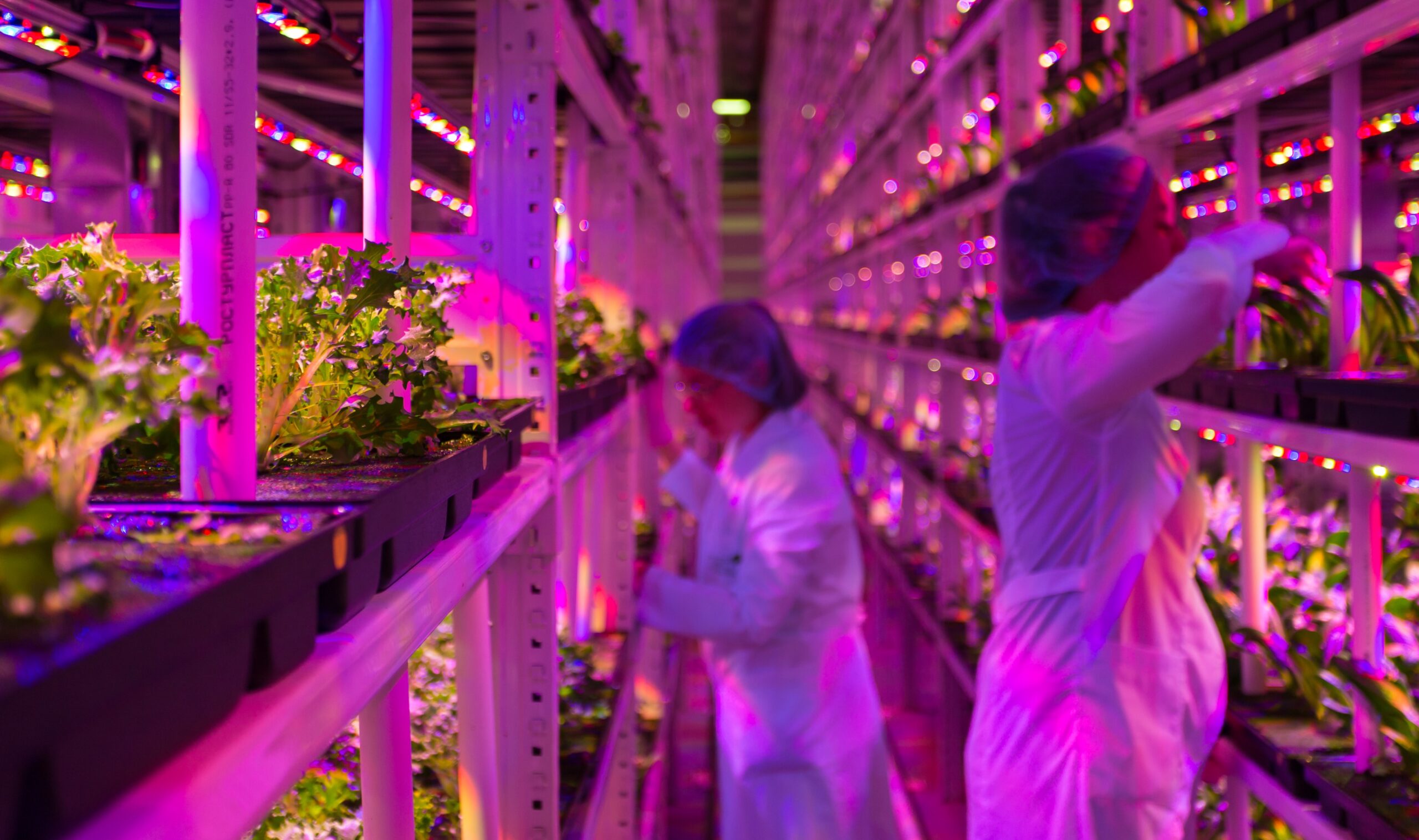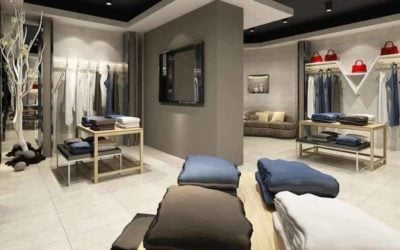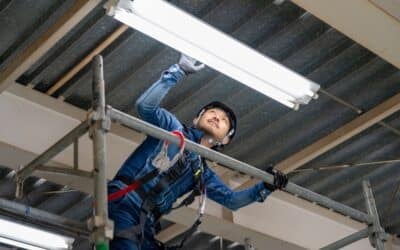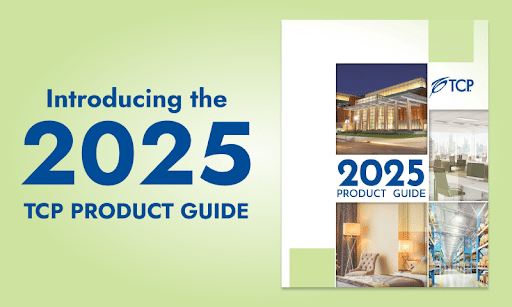Far-Red Horticulture Products
Understanding Horticulture Grow Lights
If you’re an indoor farmer, you know how important horticulture lights are to maintaining a successful business. The type of horticulture lighting you invest in can either make or break a crop’s growing cycle and your year-end profit potential.
Most people in the industry understand that full-spectrum LED horticulture lighting delivers the best results, and allows for faster plant growth with higher yields. But a lot of agricultural insiders don’t fully understand all the terms and “lingo” used to describe the lighting technology. Getting a grasp of what these terms mean may help you make better choices when updating or replacing your old, outdated grow lights.
We also have something new and exciting to talk about – far-red spectrum technology. Recent discoveries reveal that this once-ignored wavelength can enhance plant development when far red is added to a full-spectrum growing cycle.
What are Watts?
Watts measure the amount of power that a light bulb uses to generate light. Today’s LED horticulture lights are much more energy-efficient compared to incandescent or metal halide bulbs from years ago. This means that LED grow lights with a lower wattage will last longer and use less energy than inefficient, older lighting options with higher wattages.
What is Lux?
Lux is a standardized unit that’s used to measure light level intensity, commonly referred to as illumination. Lux (lx) is a great way to measure the amount of light covering a surface area. For indoor farmers, lux measurements can show how effective a horticulture lighting set-up really is. Here are common lux level ranges for indoor plant growth:
Low light plants
These types of plants thrive better under minimal light exposure, ranging from 500 to 3000 lx. Common examples are ZZ plants, cast-iron plants, Chinese evergreens, and snake plants.
Medium light plants
This particular category of plants needs more light to thrive, but not prolonged, overly bright exposure. Ficus, pilea, and peperomia are a few examples that do well in the 3000 to 8000 lx range.
High light plants
Lastly, high-light plants need maximum lux levels, typically ranging from 10000 lx and anything above. Succulents and cacti are examples of plants in this category.
Distance
Another attribute that impacts plant growth is the distance away from the plant surface that horticulture lights are placed. As a general rule, proper grow light distance depends on numerous external variables – plant type, intensity requirements, bulb wattages, and the amount of ambient light in the grow room.
The All-Purpose Growth Spectrum
Plants grown indoors receive the majority of their light energy from artificial sources. Today’s most effective LED horticulture lighting encourages plant growth and development by using something called full-spectrum technology.
Also known as an all-purpose growth spectrum, this type of lighting closely mimics natural sunlight, and features the full range of visible color wavelengths emitted by the sun. These light wavelengths are measured in nanometers (nm) and range between 400 and 700 nm.
Certain colors within the spectrum impact photosynthesis, flowering, and biomass growth more than others. Here’s a brief breakdown of the most beneficial color wavelengths:
Red light
Ranging from 600 to 700 nm, red light encourages robust photosynthesis, and is considered one of the most important wavelengths for biomass growth. Red light also enhances budding and flowering activity.
Blue light
Ranging from 400 to 500 nm, blue light is critical for healthy plant development. Blue light reduces unwanted stem elongation and contributes to stronger, more compact plants.
Green light
Ranging from 500 to 600 nm, green light isn’t as vital as red or blue, but it’s still necessary for plant growth and photosynthesis. Green wavelengths allow growers to assess plant health without disrupting overall growth.
Benefits of Far-Red Grow Lights
For years, horticulturists believed plants didn’t receive any benefits from far-red light, since its wavelength range is beyond 700 nm, the absorbable limit of most plants. Recent studies, however, are finding that plants do respond to wavelengths up to 780 nm, which is within far-red’s range.
Further scientific research also reveals how far-red light is good for plants. By itself, far-red light doesn’t do much. But when added to a full-spectrum lighting schedule, far red has the potential to promote plant growth and increase photosynthesis. Let’s take a deeper dive into far-red light’s advantages:
Stimulates Plant Growth
When most plants detect far-red photons, they react with a unique shade-avoidance response. Because plants think they are in the shade when they sense far-red light, they naturally try to seek more light. As a result, many plants will grow taller or increase their leaf size to capture extra light.
Boosts Photosynthetic Efficiency
Recent scientific findings show some remarkable results when far-red light was added to shorter wavelengths within the full spectrum. Far-red photons interact with short wavelength photons (red, blue, green, etc.) to increase the efficiency of photosynthesis. What does this mean? Your plants have the potential to grow bigger, faster, and stronger!
Long-Term Benefits
Based on all this new research, supplemental amounts of far-red light, in addition to standard wavelengths, should increase crop yields and shorten production times for indoor farming operations.
If you’re in the indoor agriculture business, this means investing in LED horticulture lights with far-red wavelengths can boost profits and lead to greater return-on-investment opportunities.
Why Choose TCP Horticulture Lights with Far-Red Technology?
TCP’s science-backed horticulture lights deliver faster growth and higher yields compared to other industry lighting options. They’re designed with an all-purpose growth spectrum of blue, green, and red wavelengths, which is now supplemented with an optional far-red red cycle.
It’s finally here! TCP’s far-red grow light is a state-of-the-art LED horticulture top light. It includes all the same great features and benefits as our current version:
- Quick-connect daisy chain system
- Instantly turns on, no warm-up time
- Long 50,000 hour life
- Durable lightweight aluminum housing
- Power washer rated IP66 wet location rating
Plus, its full-spectrum technology with a supplemental far-red cycle can maximize plant growth and year-end profits! Talk to a TCP lighting expert today to learn more about horticulture lighting.
